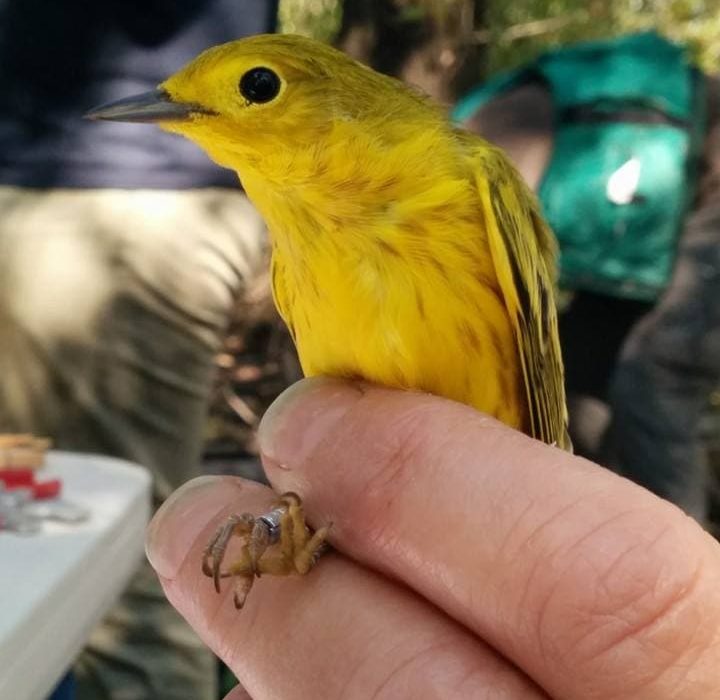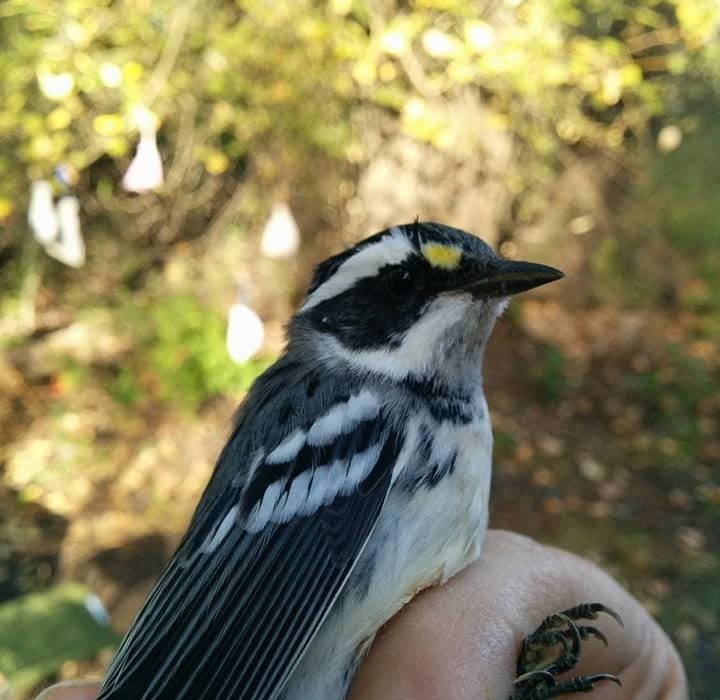Fall is a season of change in the great Oregon outdoors and it can be the best time to see the natural world at work. There are many places across Oregon where you can enjoy a front row seat on an age old wildlife story when bird migration kicks into high gear.
Certainly, there are many well-known waterfowl and raptor species that make journeys that reach thousands of miles from sub-Arctic areas to Central and South America. Still other wildlife migrations are harder to spot but no less showy – like the scores of song bird species that take flight each September and October for warmer climes.
Biologists are trying to change that point of view at a public wildlife refuge this month. You may have may have missed Snag Boat Bend National Wildlife Refuge in Linn County. As an annex to the more popular William Finley National Wildlife Refuge, it is quiet most times of the year. But this month that’s changed as a team of scientists and biologists conduct “songbird science” to learn more about many bird species that we rarely see.
“We call it the ‘dawn chorus’ as the birds become very active when the sun rises,” said OSU Assistant Professor, Dana Sanchez. She leads a team of Oregon State University researchers in a partnership with US fish and Wildlife biologists to capture and band as many songbirds as they can.“We are right in the middle of fall migration and here at Snag Boat Bend we are able to detect them and get them in hand.”
They “get them in hand” with special nets, noted federal biologist Molly Monroe. Mist nets reach eight-feet high and they can be as long as sixty feet – they are set up similar to the way you might set up a badminton net in the backyard – except that the nylon mesh is so fine the net is nearly invisible. “It’s pretty hard for the birds to see,” added Monroe. “They will hit the net and then they will fall into these pockets of net that are folded into the mesh. It’s effective and usually it doesn’t take us long to catch song birds that are moving in the early morning light.”
She was right! Following a short wait, the team inspected six mist nets that had been set up on the refuge property, adjacent to the Willamette River. They captured a remarkable array of birds that included three spotted towhees, a swainson’s thrush, a common yellowthroat and a song sparrow. Each tiny bird was slowly and patiently untangled from the nets and then delivered to a banding station where “care and caution” were the bywords. The birds were weighed, measured and examined before a numbered aluminum leg band was secured to each bird. The numbered band will help the research team learn more about each bird should they be re-captured along a migration route that can reach to South America.
It is remarkable work that offers many fascinating insights to the world of small song birds – for example, during fall migration, the songbirds travel at night, then rest and forage for food during the day. And the songbird journeys are nothing short of amazing for birds that weigh ounces not pounds –in fact, some species migrate from as far away as Alaska all the way to South America, then return to their northern nesting grounds in spring.
Snag Boat Bend National Wildlife Refuge was selected for the survey because it offers more than 300 acres of intact riparian habitat along the Willamette River. Sanchez offered that there is concern for song bird populations because the habitat is increasingly rare. “It used to be far more common in the Willamette Valley, but with development it’s become something of a rarity. We suspect these are valuable patches for breeding as well as fall migrating birds. Our work will help confirm whether that is true or not.”
Snag Boat Bend Wildlife Refuge is a good place for you to migrate to as well.“There is a hiking trail from the parking area that goes out to a viewing blind When the water is high you can see a lot of waterfowl and in the summer the area has a good population of western pond turtles that bask themselves in the warm sun atop floating logs,” said Monroe.
Refuge visitors can watch the project too – maybe even lend a hand with a bird release. They can also learn more about the little known song birds of the Oregon outdoors.


